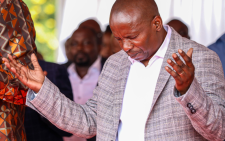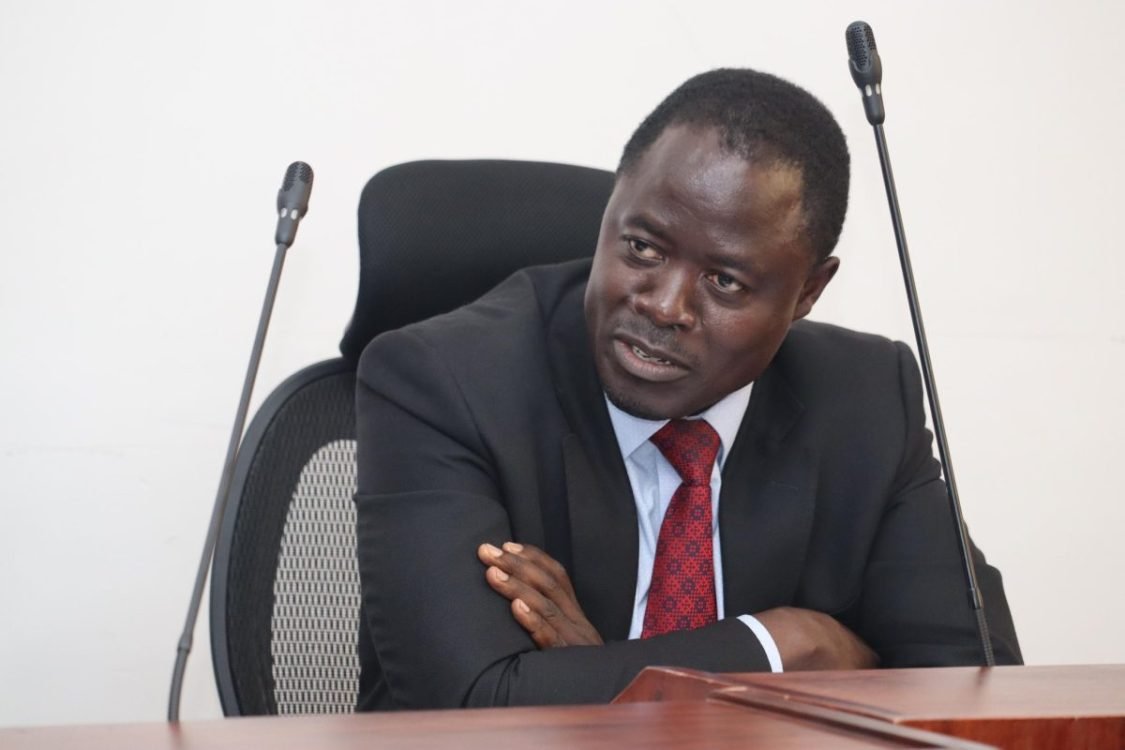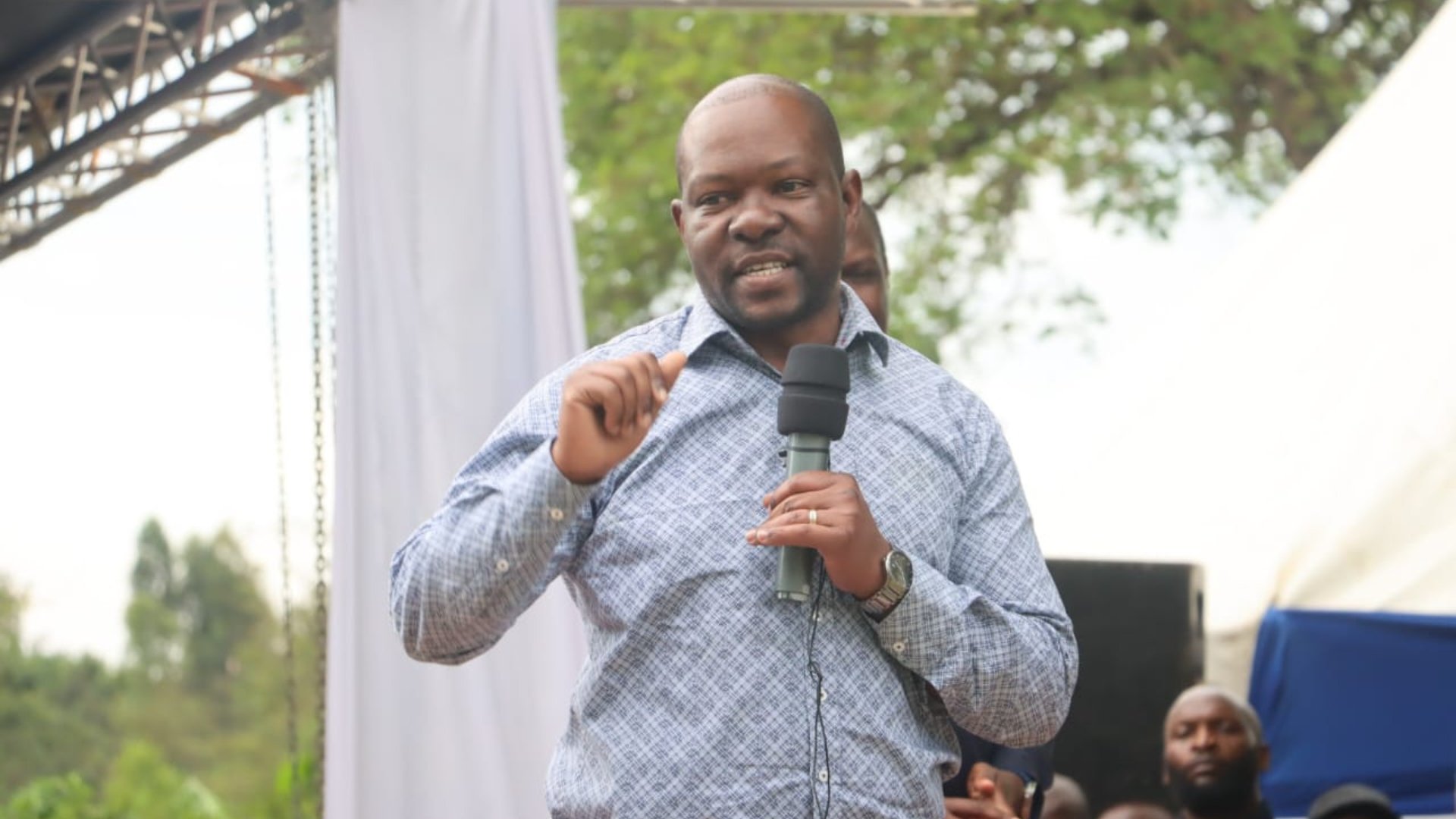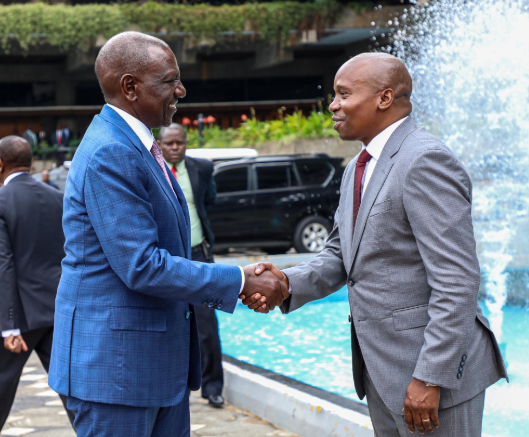Worrying trend of pedestrian journalism

Kenya’s political reporting is simply dizzying. It seems that the political media has become so used to it and normalised it.
Almost every day one wakes up to a new big headline attributed to sources, often not identified, but the big story eventually just fizzles out as the headline writers move on to another big story that will fizzle out without happening.
The last couple of weeks are a good illustration. One day the Deputy President (DP) gives an interview and departs from the expected script. Political reporters have a script from which one should not depart.
In this case the script is that the DP should condemn the Orange Democratic Movement (ODM) and its leader at any given opportunity and vice versa.
The reporter provides the opportunity and the DP, instead of following the script, drops in statements that are not too critical of ODM.
The reporters, taking note of the departure from the script, get into an overdrive. The logic of the reporters is frozen in an either-or construct.
If the DP does not condemn ODM then his party must be “warming up” to a partnership with this opponent. That then forms the headline of the subsequent days.
Players on either side of the evolving story are within reach of the reporters and could easily confirm what is going on but a reader does not get the sense that reporters are making such efforts.
Instead, pronouncements of minions in the political theatre are enough to build the headline for the following day.
The headlines move from what the DP said in the interview, to some excitement by some middle cadre officials, some even unnamed, to speculation.
Not long after the story shifts to senior officials saying there is no partnership in the offing, and the media covers it just as another matter of course.
Then the story moves on to yet another partnership based on pictures. What is the basis of Kenya’s political reporting?
It is expected of journalists to rely on facts but Kenyan journalists seem to defy that rule.
C. P. Snow in his 1921 opinion in The Guardian gave the world of journalism the dictum now widely known in news circles: facts are sacred, but opinion is free.
The opinion has its space in the newspaper and is so labeled to avoid confusion. However, the hard story is a preserve of sacred facts alone.
The competition to break the story is a reality across newsrooms. Sometimes, in the absence of facts, speculation may be substituted with the hope that such speculation will turn out to be true.
But that does not change the fact that at the material time the “information” was mere speculation.
One of the challenges that the world of news is facing today is the hemorrhaging of the number of viewers, listeners and readers. It may not be true that the function of newspapers is to wrap meat, but the task falls on the newspapers to convince readers that its value lies in the content.
For that to happen the content has to be substantial, comprising facts, not a function of speculation.
The media must be seen to be offering its audience content that can be trusted.
It has been observed that sometimes history is written in the newsroom. Such thought is scarcely true for political stories in many of the Kenyan media.
Kenyan journalism must go back to hard facts. Featuring speculative stories may appear to increase sales in the short run, but in the long run it erodes trust. The focus on the industry should however be on the long term.
It would require newsrooms to retain their best reporters, to pick the best of the pack for political reporting, and to insist on quality reporting from these reporters.
Kenya needs papers of record where a story will always turn out to be true. It will start with quality journalism. — The writer is dean, School of Communication, Daystar University












